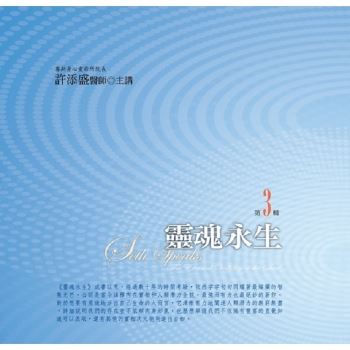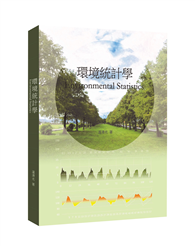Among the technologies available for water recovery, one of the most widely used is adsorption, a process based on the ability of certain solids to remove soluble substances. For this reason, precursor materials with a high carbon content have been tested as adsorbents. The aim of this study was to test the adsorptive capacity of biomass obtained from consumed yerba mate waste, comparing activation by pyrolysis alone with activation with ZnCl2 and subsequent pyrolysis. The metals tested were Cu2+, Pb2+ and Ni2+, which can cause damage to health if ingested in high concentrations. It was observed that of the metals studied, copper is the most favourable to be removed from water, with almost 100% removal using activated carbon by pyrolysis alone. This process also showed the highest Freundlich constant (Kf) of 203.0 mg.g-1.
| FindBook |
有 1 項符合
Yerba mate as a biosorbent for contaminants in water treatment的圖書 |
 |
Yerba mate as a biosorbent for contaminants in water treatment 作者:Cassel Meurer 出版社:Our Knowledge Publishing 出版日期:2024-07-30 語言:英文 規格:平裝 / 52頁 / 22.86 x 15.24 x 0.3 cm / 普通級/ 初版 |
| 圖書館借閱 |
| 國家圖書館 | 全國圖書書目資訊網 | 國立公共資訊圖書館 | 電子書服務平台 | MetaCat 跨館整合查詢 |
| 臺北市立圖書館 | 新北市立圖書館 | 基隆市公共圖書館 | 桃園市立圖書館 | 新竹縣公共圖書館 |
| 苗栗縣立圖書館 | 臺中市立圖書館 | 彰化縣公共圖書館 | 南投縣文化局 | 雲林縣公共圖書館 |
| 嘉義縣圖書館 | 臺南市立圖書館 | 高雄市立圖書館 | 屏東縣公共圖書館 | 宜蘭縣公共圖書館 |
| 花蓮縣文化局 | 臺東縣文化處 |
|
|
圖書介紹 - 資料來源:博客來 評分:
圖書名稱:Yerba mate as a biosorbent for contaminants in water treatment
|










